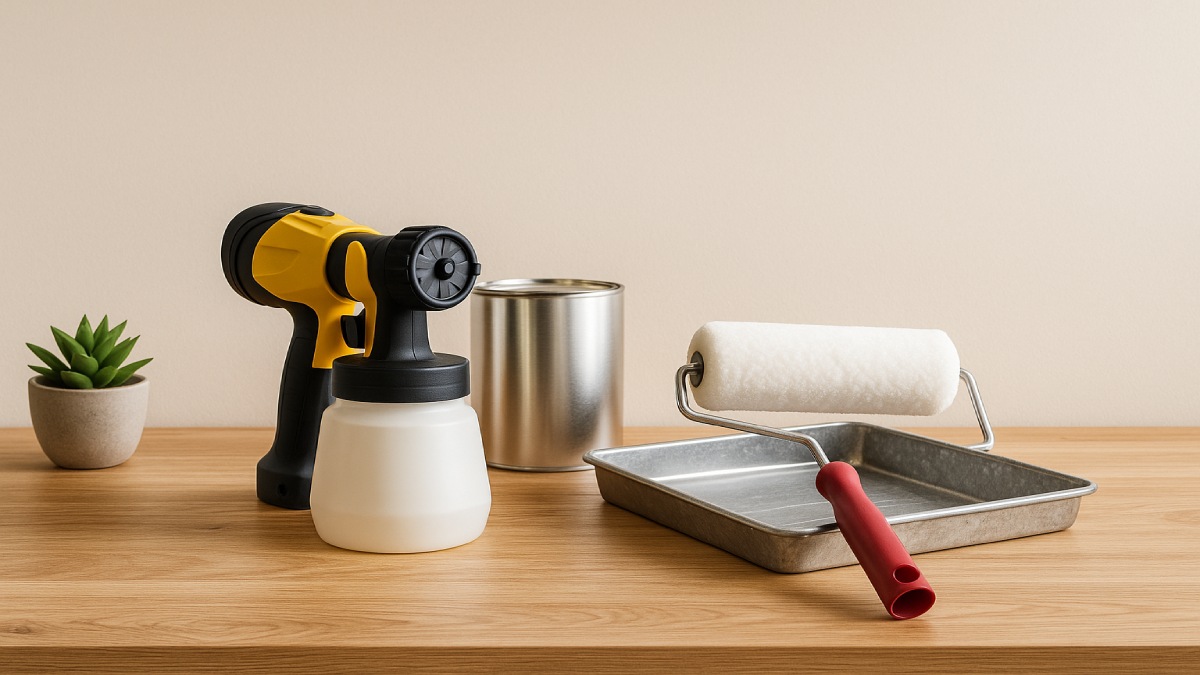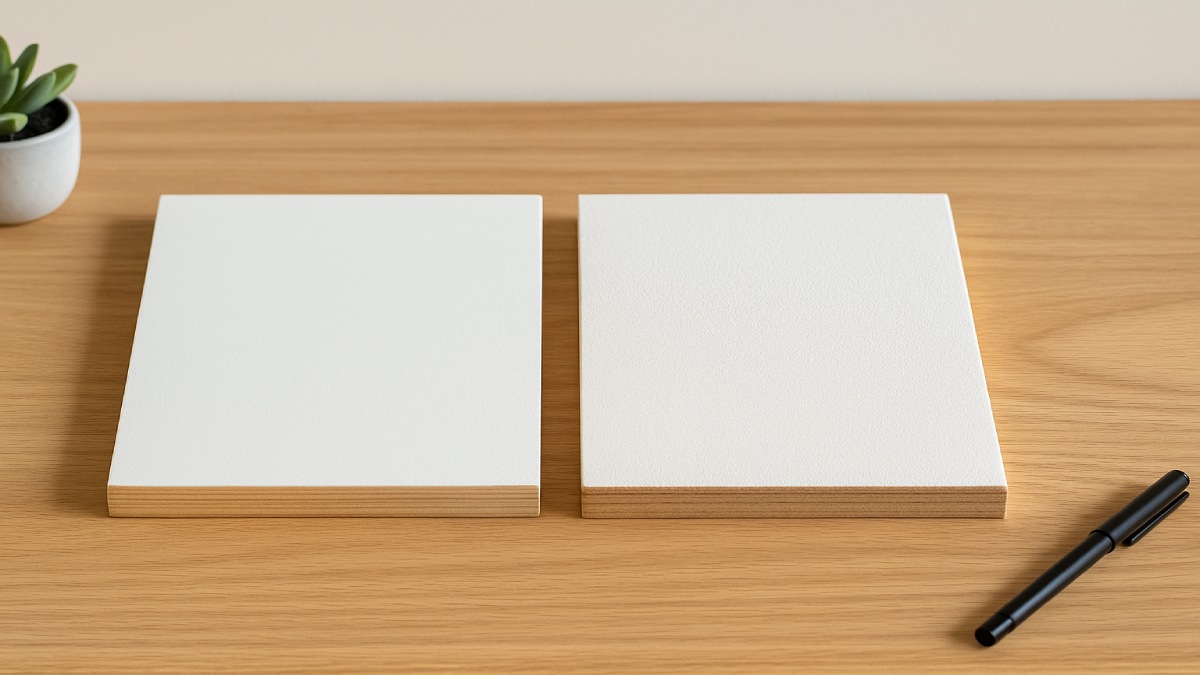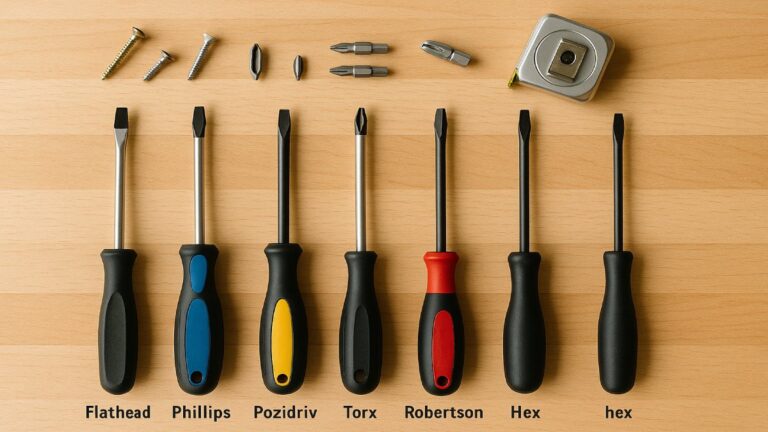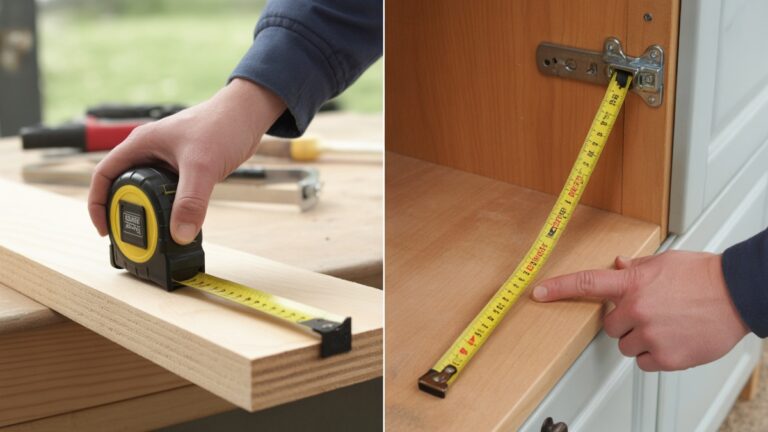Paint Sprayers vs Rollers: Which Is Best for Projects Now?
Choosing the right painting method affects how your project looks, how long it takes, and how much cleanup you face afterward. Paint sprayers and rollers both offer strong advantages, but they serve different needs depending on surface type, skill level, location, and budget. One method can deliver a flawless finish in less time, while the other keeps mistakes and mess to a minimum.
This guide breaks down all major considerations—speed, finish quality, material use, prep requirements, safety concerns, and cost—to help you decide whether spraying or rolling is the right choice. You’ll also find scenario-based recommendations and answers to common homeowner questions, making it easier to choose the best option for your next project.

Quick Comparison: Sprayers vs Rollers
Before exploring each method in detail, it helps to understand the core differences. This quick breakdown gives you a snapshot of how sprayers and rollers perform in key categories.
- Speed: Sprayers cover large areas rapidly, while rollers take longer but provide steadier control.
- Finish: Sprayers create smooth surfaces ideal for cabinets or trim; rollers leave a slight texture but work well for walls.
- Cost: Rollers are inexpensive; sprayers require higher upfront investment.
- Prep Time: Sprayers need more masking and containment; rollers require minimal preparation.
- Cleanup: Sprayers demand careful cleaning; rollers wash out quickly or can be discarded.
- Skill Level: Sprayers require practice; rollers are beginner-friendly.
When Sprayers Work Best
Sprayers excel under specific conditions. If smoothness and efficiency are your top priorities, spraying may be the fastest path to high-quality results.
Large, Open Surfaces
When painting exterior siding, fences, large ceilings, or open-plan interiors, sprayers outperform rollers. Airless models deliver paint quickly across broad surfaces, reducing total labor time significantly. This makes sprayers popular among contractors handling big jobs.
Cabinets, Doors, and Detailed Trim
Sprayers, especially HVLP models, offer precise atomization that produces smooth, factory-like finishes. They eliminate brush marks and roller texture, making them the best option for cabinetry, doors, and intricate moldings.
Intricate or Hard-to-Reach Areas
Surfaces with multiple angles, recessed sections, or decorative patterns get better coverage with a sprayer. Fine mist reaches grooves and corners without needing multiple strokes.
When Rollers Work Better
Rollers still hold strong advantages, especially for indoor projects, textured walls, and situations where control matters more than speed.
Furnished or Occupied Rooms
Rollers keep airborne paint to a minimum, reducing the risk of coating furniture or creating respiratory concerns. If you cannot fully empty the room or want to avoid heavy masking, rolling is the safer choice.
Textured or Porous Surfaces
Rollers push paint deep into textured materials like stucco, brick, or popcorn ceilings. Even when sprayers are used initially, many professionals back-roll surfaces to ensure proper adhesion and penetration.
Small Projects and Touch-Ups
For small walls, accent areas, and quick refreshes, rollers remain the simplest method. They require little equipment, minimal cleanup, and offer excellent control for new painters.

Types of Sprayers and When to Use Them
Sprayers vary widely in performance and purpose. Understanding their categories helps you choose the right one for your needs.
Airless Sprayers
Airless sprayers are powerful, fast, and ideal for large surfaces. They handle thick paints well and create even coverage quickly. However, they produce more overspray and require careful masking and cleanup. These models are common on exterior projects and large interior remodels.
HVLP Sprayers
HVLP stands for High Volume, Low Pressure. These sprayers produce a controlled mist, leading to a smoother finish and better transfer efficiency. They’re slower than airless sprayers but ideal for trim, cabinets, and detailed work where precision matters.
Turbine and Handheld Sprayers
Turbine sprayers and handheld electric sprayers offer portability and ease of use. They’re good for small projects like furniture refinishing or painting a single room. While less powerful than airless models, they remain user-friendly options for DIYers.
Speed, Preparation, and Cleanup
Speed is often the main attraction of paint sprayers, but preparation and cleanup play huge roles in the actual project timeline.
Masking and Prep Work
Sprayers need extensive masking to protect surfaces from overspray. Windows, floors, trim, light fixtures, and even HVAC vents must be covered. For large projects, the prep time pays off, but for small rooms, it can outweigh spraying speed.
Cleanup Requirements
Sprayers require meticulous cleaning to avoid clogs and buildup. This can take anywhere from 20 minutes to an hour depending on the sprayer type. Rollers, on the other hand, rinse out quickly or use disposable covers that simplify the cleanup process.
Actual Time Savings
For a full empty room, sprayers can complete two coats incredibly fast. Yet when factoring in masking and cleanup, rollers may still be quicker for small or medium-sized projects.
Finish Quality Comparison
Finish expectations often determine which method you choose. Sprayers and rollers create different surface textures and visual results.
Sprayer Finish Characteristics
Sprayers lay down thin, even coats that appear smooth and uniform. This is ideal for cabinets, doors, trim, and high-end surfaces. When used incorrectly, sprayers can create runs, uneven sheen, or orange peel texture, so good technique is essential.
Roller Finish Characteristics
Rollers leave a subtle, predictable texture. This texture can hide minor wall imperfections and blends easily across large interior surfaces. The key to a clean roller finish is selecting the right nap and applying consistent pressure.
The Hybrid Technique: Spray and Back-Roll
Many professionals combine methods. They spray the surface for speed and smooth coverage, then immediately roll over the wet paint to improve adhesion and eliminate missed spots. This hybrid method works well on walls, ceilings, and textured surfaces.

Paint Consumption and Material Efficiency
Paint consumption differs between sprayers and rollers. A clear understanding helps estimate costs more accurately.
Sprayers Often Use More Paint
Sprayers may use more paint due to overspray and atomization. Airless models especially tend to produce excess mist that settles on drop cloths or masking instead of the surface. HVLP models improve efficiency but still require a skilled operator to reduce waste.
Rollers Offer Strong Efficiency
Rollers provide consistent transfer of paint with minimal waste. Their simplicity makes them ideal for homeowners who want predictable results without worrying about lost material.
Safety, Ventilation, and Environmental Considerations
Paint application impacts indoor air quality, surfaces, and the environment. Sprayers and rollers differ in safety requirements and environmental footprint.
Safety Precautions for Sprayers
Sprayers produce fine airborne particles that require protective gear. Use a respirator rated for paint fumes, protective eyewear, gloves, and proper clothing. Indoor spraying also requires adequate ventilation to reduce exposure to VOCs and atomized paint particles.
Roller Safety Advantages
Rollers produce little airborne paint, making them safer for children, pets, and people sensitive to fumes. Cleanup involves water-based disposal for most paints, reducing contamination risks.
Environmental Impact
Sprayers may create more waste through overspray and cleaning water runoff. Mitigating this requires proper masking, catch systems, and responsible disposal. Rollers generally leave a smaller environmental footprint due to lower waste volume.
Cost Comparison and Long-Term Value
Cost plays an important role in deciding which method to use. Both immediate expenses and long-term value differ between sprayers and rollers.
Upfront Investment
Sprayers range from entry-level models to professional-grade systems costing hundreds or thousands of dollars. Rollers, trays, and covers cost significantly less, making them the budget-friendly option.
Maintenance and Consumables
Sprayers require replacement tips, hoses, filters, and cleaning supplies. Rollers need new covers periodically but remain low maintenance overall.
When Sprayers Make Sense
If you paint frequently—such as managing rentals, flipping homes, or tackling large-scale renovations—a sprayer can save time and eventually money. For occasional painting, rollers remain a cost-effective choice.

Best Method Based on Project Scenario
The right choice often depends on the project specifics. Here are practical recommendations for different situations.
For Interior Walls
If the room is furnished, choose rollers to limit mess and reduce risk. If you can clear the room and mask windows and trim, sprayers may speed up the job.
For Exterior Surfaces
Sprayers dominate exterior painting because of their reach and coverage. Back-rolling afterward helps ensure proper adhesion on rough surfaces.
For Cabinets and Furniture
HVLP sprayers offer the cleanest, smoothest finish. Practice on scrap pieces first, then work in controlled passes on the final surface.
For Textured Surfaces
Rollers or a hybrid technique ensure thorough coverage. Rolling after spraying pushes paint deeper into pores and textured patterns.
FAQs
Is it better to spray-paint or roll indoors?
Rollers are generally safer and cleaner indoors due to limited overspray. Sprayers can be used inside only with controlled masking and strong ventilation.
Do sprayers use more paint than rollers?
Yes—sprayers often use more paint due to overspray and atomization. HVLP systems reduce waste but will still consume more material than rollers.
Which method provides the smoothest finish?
Sprayers produce smoother finishes, especially on cabinets, trim, and doors. Rollers work well for walls but leave subtle texture.
Can a beginner use a paint sprayer?
Beginners can use sprayers after practice, but the learning curve is noticeable. Testing on scrap surfaces helps build skill before painting walls or furniture.
Why do painters back-roll?
Back-rolling after spraying improves paint penetration and ensures consistent coating thickness. It’s common on textured walls and ceilings.
Conclusion
There’s no one-size-fits-all answer in the sprayer vs roller debate. Each method offers strengths that suit certain projects more than others. Sprayers excel when speed and smoothness matter, especially on large or detailed surfaces. Rollers win on control, safety, and ease of use—ideal for busy interiors and small projects.
Use sprayers for big jobs, furniture-quality finishes, or when time is tight. Choose rollers for controlled applications, smaller rooms, and surfaces that benefit from pressure-based paint contact. For many projects, combining both methods gives you the best results.






